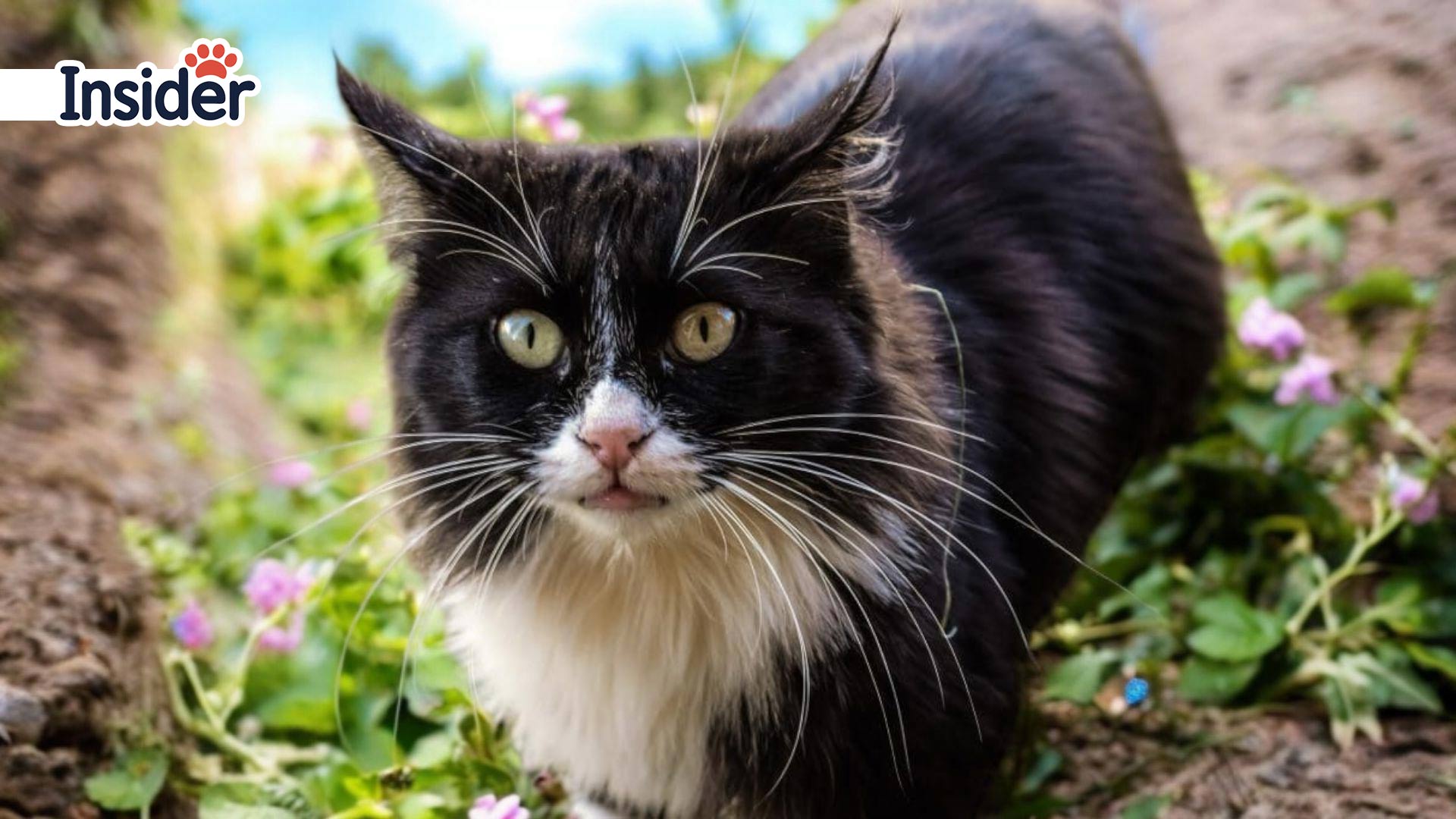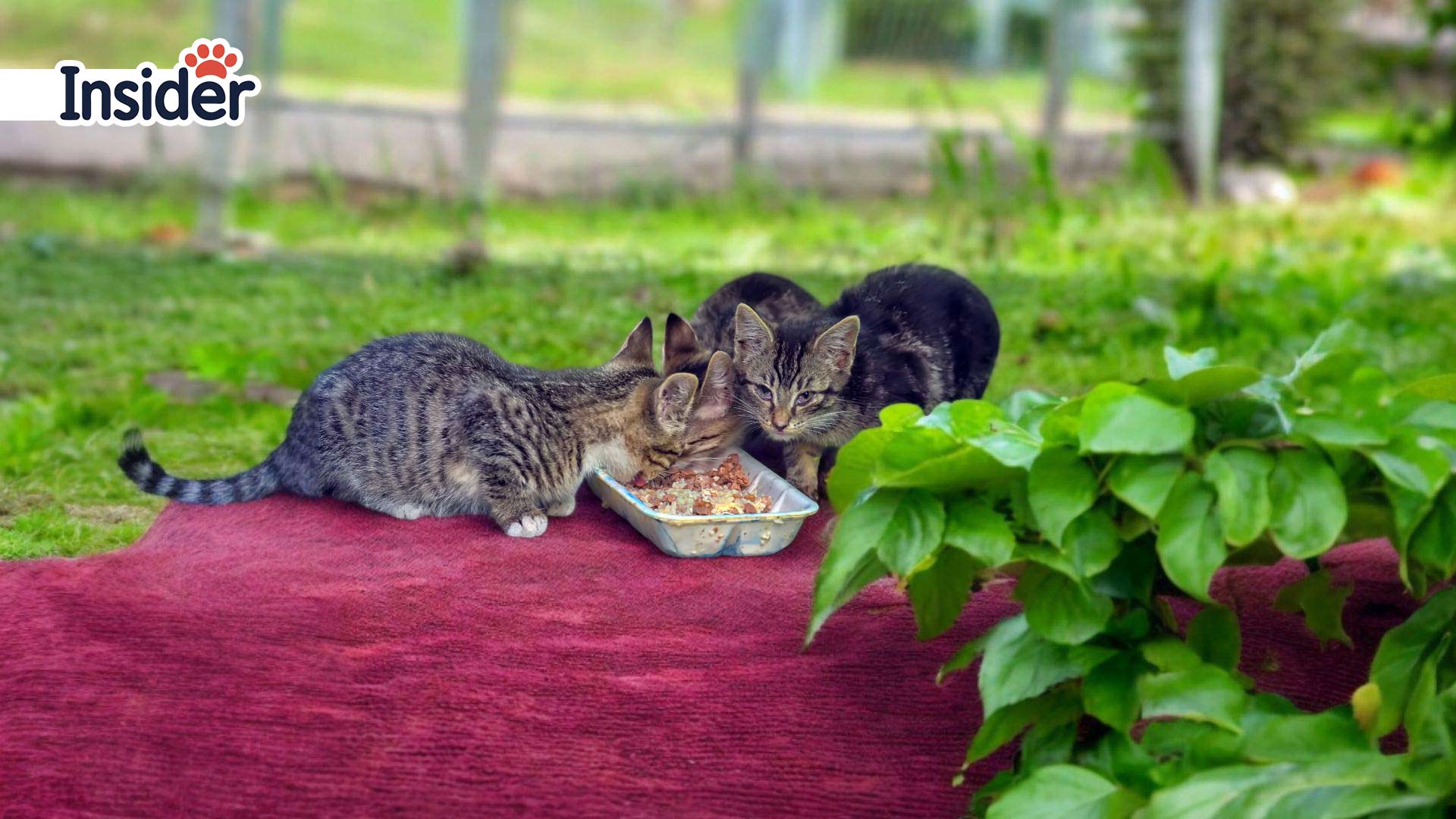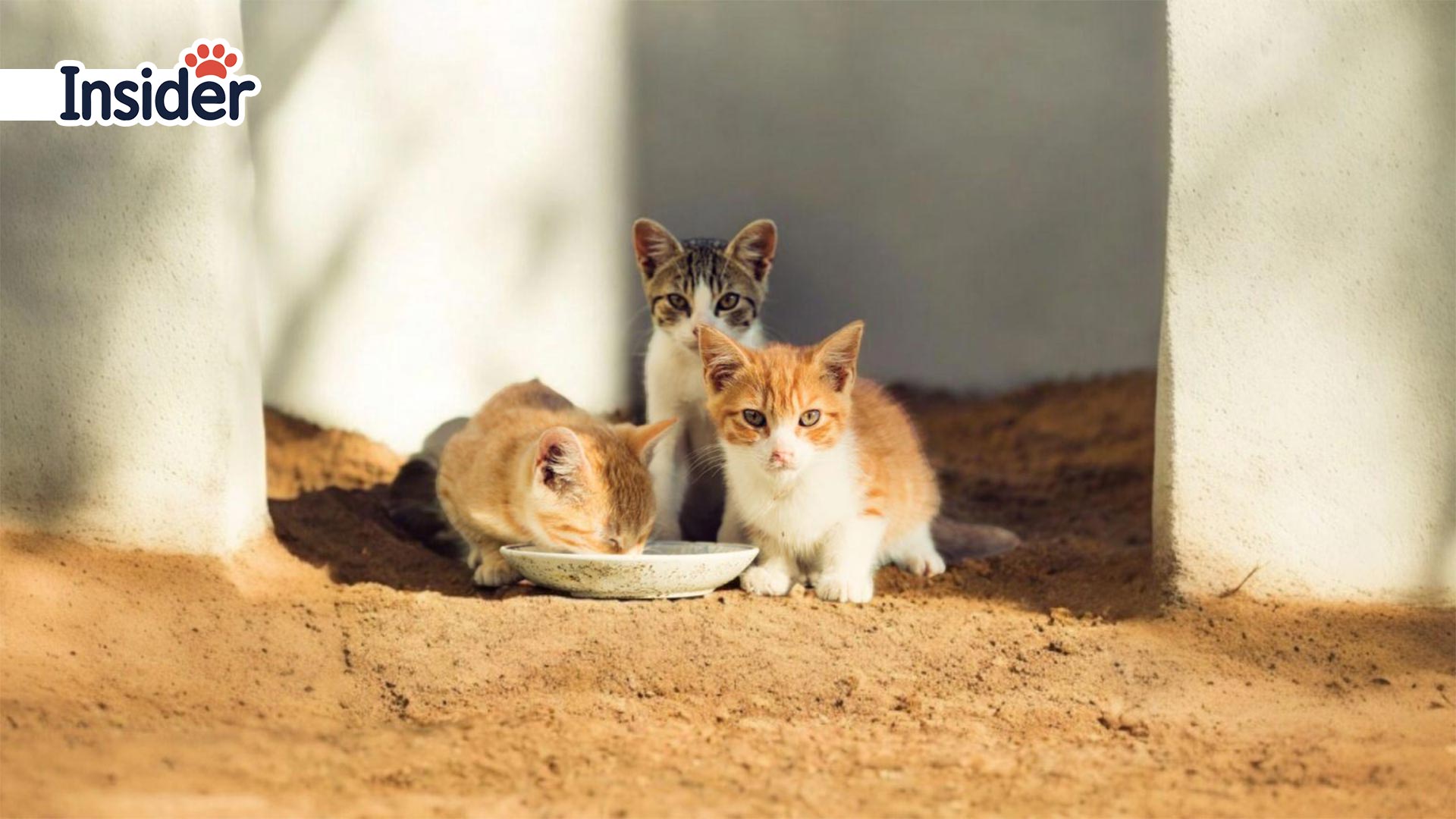Hey there, you big-hearted cat lover! If you’re here, it’s because you’ve got a soft spot for those scrappy, wild kitties prowling the streets, and you want to help them out. That’s awesome, and we’re here to guide you through it with love and honesty. First things first: taming a truly feral adult cat is no walk in the park. It’s a tough, time-consuming journey that might not always end with a cuddly housecat, and sometimes, that’s okay. Forcing a feral cat into domestication isn’t always the kindest choice for them. In this article, we’re diving into humane ways to make a difference in their lives, whether that’s helping them thrive outdoors or, in some cases, easing them into a home. Stick with us to learn how to make the best choices for these furry friends!
The key is understanding what “feral” really means; it’s not just a shy kitty who needs a little coaxing. These cats have lived their lives wild, often far from human touch, and their instincts are wired for survival. Trying to turn them into lap cats can stress them out big time, and we don’t want that. Instead, we’ll explore practical steps to support them, like providing food, shelter, or even working toward trap-neuter-return (TNR) programs. Keep reading to discover how you can be a hero for feral cats in a way that respects their wild spirits!
| Key Factor | The Reality: At a Glance |
|---|---|
| Primary Goal | Humane management via Trap-Neuter-Return (TNR) for most adults. Socialization is the exception, not the rule. |
| Ideal Candidate for Taming | Kittens under 10 weeks of age. Socializing a true adult feral is extremely difficult and often not possible. |
| Estimated Timeframe | Months to years. This is a long-term commitment requiring immense patience, not a project of days or weeks. |
| Critical First Step | Correctly identify if the cat is a scared stray or a true feral. The approach is completely different for each. |
| Your Most Important Virtue | Patience. The cat sets the pace. Pushing or rushing the process will always set you back. |
Table of Contents
The Crucial First Question: Is the Cat Truly Feral or a Lost Stray?
Before you start dreaming of turning that scruffy cat in your backyard into a cuddly buddy, let’s hit pause and figure out if they’re truly feral or just a lost stray. This step is super important because it changes everything about how you can help. A feral cat is one that’s grown up wild, dodging humans like they’re the plague, while a stray might’ve had a home once and could be more open to your kindness. To tell them apart, watch their behavior closely. A feral cat usually bolts from human contact, avoids eye contact, stays low and tense, and might hiss or growl instead of meowing. They’re often night owls, too. A stray, on the other hand, might cautiously approach, sneak a glance at you, or even let you brush a hand against them. They might meow or seem chatty and are often spotted during the day with a less defensive vibe.
Why does this matter? Well, a scared stray has a much better shot at warming up to people and possibly becoming a housecat again, especially with some patience and TLC. A true feral cat, though, is wired for the wild life, and trying to tame them can be a long, tricky road with no guarantees. Getting this right helps you choose the kindest approach, whether it’s reuniting a stray with their family or supporting a feral cat to thrive in their outdoor world. Keep observing those clues, and you’ll know exactly how to be their hero!

The Golden Rule of Feral Welfare: Trap-Neuter-Return (TNR)
If you’re wondering how to make the biggest difference for those wild cats in your neighborhood, let me introduce you to the superhero of feral cat care: Trap-Neuter-Return, or TNR. This is hands-down the kindest, most effective way to help adult feral cats live healthier, happier lives without adding more kittens to the streets. TNR means gently trapping the cat, taking them to a vet to be spayed or neutered, vaccinated, and checked for worms or other health issues, then returning them to their outdoor home. It’s a game changer because it stops the cycle of endless litters while letting these cats stay in the environment they know best. Not every feral cat is cut out for indoor life, and that’s okay. TNR respects their wild nature while giving them a better shot at a good life.
Getting started with TNR is simpler than it sounds. Here’s what you’ll need to kick things off:
- A humane trap, like a safe, cozy box (nothing scary!).
- A vet or clinic experienced with feral cats.
- A plan to release the cat back to their familiar territory.
Groups like Alley Cat Allies have tons of tips and resources to guide you, from borrowing traps to finding low-cost clinics. By choosing TNR, you’re not just helping one cat; you’re making your whole community a better place for ferals. It’s a win-win that lets you be a true cat champion without expecting every kitty to snuggle up on your couch.
Before You Begin: A Socialization Reality Check
Alright, you’re ready to roll up your sleeves and help a feral cat, but let’s take a deep breath and do a quick reality check before you dive in. Socializing a feral cat isn’t a weekend project; it’s a serious commitment that can take months or even years, especially with adult cats. We’re talking slow, patient steps to build trust, and there’s no guarantee they’ll ever be a snuggly lap cat. That’s the tough truth, but it’s worth it if you’re in it for the long haul. The exception? Kittens under 8-10 weeks old are like little sponges for socialization; they’re way easier to tame and should be your top priority if you find them. Focusing on these tiny furballs gives you the best shot at turning them into loving pets.
You also need to be ready for the physical and emotional ride. Feral cats can be unpredictable, and bites or scratches are a real risk, especially early on, so you’ll need to stay cautious and maybe keep some thick gloves handy. Emotionally, progress can feel like a crawl some days; you might wonder if you’re getting anywhere at all. The goal here isn’t always a cuddly companion but reducing their fear so they can live less stressed, whether outdoors or, in rare cases, inside. If your heart’s set on this, you’re amazing for it, just go in with eyes wide open, knowing it’s a marathon, not a sprint.

The Socialization Process: A Step-by-Step Guide for the Dedicated & Patient
So, you’re ready to help a feral cat feel safer around humans? That’s amazing, but remember: this journey is all about moving at the cat’s pace. Rushing things can spook them and undo your hard work. Below, we’ll walk you through the process in clear, patient steps, turning you into a calm, trusted presence for that wary kitty. It’s a slow dance, but with time and love, you can make a big difference in their world.
Phase 1: The Safe Room & Initial Confinement
First things first, set up a quiet, cozy space like a bathroom or spare bedroom to be the cat’s haven. Grab a large dog crate and make it a little home base with a litter box, food and water bowls, and a “hidey-hole” like a small pet carrier or a covered box where they can feel secure. This setup is key because it keeps the cat safe while they get used to the idea that food, water, and a clean litter box show up like clockwork. It’s all about building trust through consistency, letting them settle in without feeling overwhelmed by a big, scary world.
Phase 2: Building Trust Through Routine & Association
Now, it’s time to become a familiar, non-threatening part of their day. Stick to a strict feeding schedule, same time, same place, every day. Spend time in the room with them, but act like they’re not even there. Try reading a book aloud in a soft, soothing voice to get them used to your sound without staring them down (eye contact can feel like a challenge to a feral cat). Your goal is to help them connect your presence with good stuff like food and safety, no pressure attached. Over time, they’ll start to relax, knowing you’re not out to get them.
Phase 3: The Slow Introduction of Touch
This part is super delicate, so take it slow. Don’t reach out with your hands just yet, they can seem like big, scary claws to a feral cat. Instead, use a “touch stick” (like a wand with a soft tip) to gently stroke them while they’re eating, starting with just a light touch. This helps them get used to being touched without associating it with your hands, which might still feel threatening. Only when they’re cool with the stick, maybe leaning into it or not flinching, should you try a quick, gentle touch with your hand. Patience here is everything; one wrong move can set you back.
Phase 4: Expanding Their World, Slowly
Once your cat starts showing signs of chilling out, no hissing, a more relaxed posture, it’s time to give them a bit more freedom. Open the crate door and let them explore the safe room at their own pace while you keep up the feeding and quiet hangout routine. This is their chance to stretch their legs and build confidence in a small space. After a lot of time (think weeks or months), they might be ready to check out another room in the house, but go one step at a time. Keep everything calm and predictable, and you’ll help them feel secure as their world gets a little bigger.

Reading the Signs: A Guide to Feral Cat Body Language
When you’re trying to help a feral cat, understanding their body language is like having a secret decoder ring. These kitties can’t tell you how they’re feeling with words, but their ears, tails, and postures speak volumes. Knowing what to look for keeps you safe and helps you figure out if the cat’s starting to trust you or if it’s time to give them some space. Below, we’ve put together a simple table to break down the key signals, so you can read your furry friend like a pro and adjust your approach to keep things calm and stress-free.
This isn’t about guessing; it’s about staying observant and respecting their boundaries. A feral cat’s body language can clue you in on whether they’re scared, curious, or ready to bolt. By learning these signs, you’ll know when to move closer or back off, making the whole process safer and kinder for both of you. Check out the table below to get started!
| Body Language | What It Means | What to Do |
|---|---|---|
| Ears flat, eyes wide, body crouched low | Scared or ready to defend | Stay still, avoid eye contact, give space |
| Tail tucked under, hissing or growling | Feeling threatened or aggressive | Back off slowly, don’t reach out |
| Ears forward, slow blinking, relaxed posture | Curious or starting to feel safe | Stay calm, move slowly, keep the vibe chill |
| Tail up, slight approach toward you | Showing interest or trust | Offer food from a distance, don’t push for touch |
What If Socialization Fails? Humane Alternatives
Sometimes, no matter how much love and patience you pour into a feral cat, they just aren’t cut out for indoor life, and that’s okay! Accepting that a cat might be happiest staying wild doesn’t mean you’ve failed; it means you’re respecting their true nature. There are awesome, humane ways to ensure these kitties live safe, healthy lives outdoors, and we’re here to share those options. Whether it’s caring for a colony or finding them a new outdoor role, you can still be their hero without forcing them into a housecat mold.
One great path is becoming a colony caretaker. This means providing food, water, and cozy shelters (like insulated boxes) for feral cats in your area, while keeping an eye out for any signs of illness. After they’ve been through Trap-Neuter-Return (TNR), these cats can thrive in a managed colony with your support. Another fantastic option is barn cat or working cat programs, where healthy, non-socializable cats are relocated to places like farms or warehouses to keep pests in check. Both paths are a win. A sterilized, healthy feral cat living safely outdoors is a true success story, and you’re making it happen!

Conclusion: Redefining Success When Helping a Feral Cat
As we wrap up this journey into helping feral cats, let’s take a moment to celebrate your big heart for wanting to make a difference. Success with these wild kitties isn’t always about turning them into cuddly lap cats; that’s just one possible outcome, and it’s pretty rare. True success is about improving their lives in ways that respect their nature, whether that’s through Trap-Neuter-Return (TNR) to keep them healthy and stop the cycle of kittens, setting up a cozy outdoor shelter for a managed colony, or, in some special cases, helping a cat feel safe enough to live indoors. Every step you take, from offering food to learning their body language, is a win for that cat’s well-being.
It’s okay if the road feels long or the results aren’t what you pictured. Being a feral cat’s hero means meeting them where they are and giving them a better, safer life, no matter where they call home. You’re making the world kinder for these scrappy survivors, and that’s something to be proud of. Keep spreading that love, and know that every bit of care you give counts!
FAQ
How long does it take to tame a feral cat?
For a true adult feral, the process can take many months, or even years, and some may never become fully domesticated. For kittens under 10 weeks, however, it can be as quick as a few weeks. The key is to let the cat set the pace.
Is the process different for feral kittens?
Yes, vastly different. Kittens under 10 weeks old are in a critical socialization window and can often be tamed and adopted into homes relatively quickly. While the same principles of patience and safety apply, their brains are wired to adapt, unlike adult ferals, whose wild instincts are set.
What should I do if the cat hisses or growls at me?
Hissing is a sign of fear, not aggression. The cat is saying, “I’m terrified, please give me space.” The best response is to back away slowly, avert your eyes, and give them time to calm down. Never punish a cat for hissing; respect it as a clear communication to back off.
Can a feral cat ever become a lap cat?
While some formerly feral cats do become affectionate companions, many will not. Success should be redefined: a successful outcome is a cat that no longer lives in constant fear, trusts you to provide food, and may allow occasional, gentle touch. A healthy, sterilized cat living happily in your home, even if from a distance, is a huge success.
What if I can’t touch the cat after months of trying?
This is not a failure. Many adult feral cats will never be comfortable with physical contact. If the cat is healthy and safe in its environment (like a dedicated room), your continued care is still a huge kindness. If it cannot stay indoors, the most humane options are to release it as part of a managed outdoor colony (after TNR) or contact a “barn cat” placement program.

